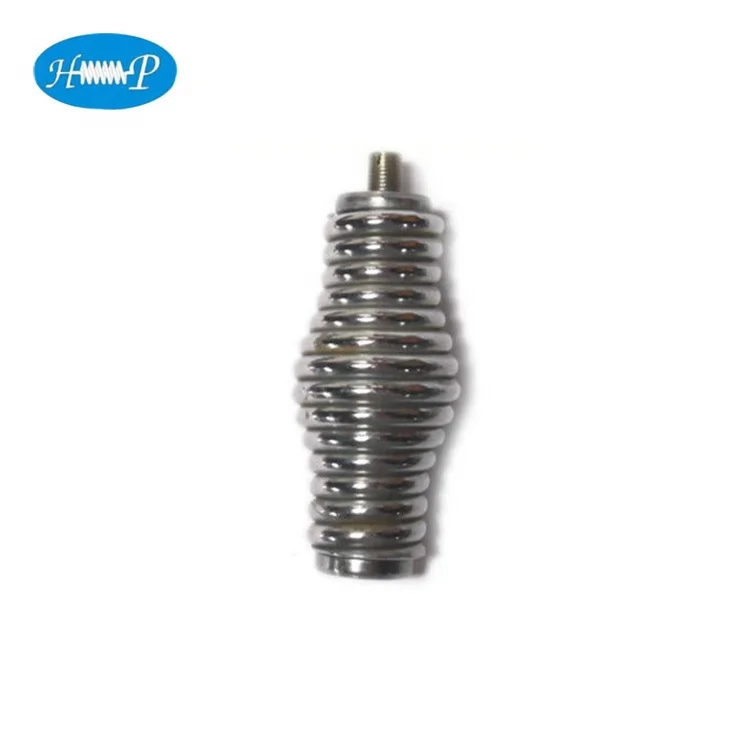Compression springs are an unusual type of spring, which can be squashed, or compressed, when a load is put on the spring. There various different things we use them for, such as Toys, Machines to Pens. We’re going to look in-depth into compression springs today and find out all we can.
Compression springs are constructed of metal, such as a strip of metal, wound in such a way as to create a helical shape. When force is applied to the spring (for instance, if you push down on it), the coils are compressed, or squished together. Upon release of the force, the spring returns to its original form. This elastic rebound is what makes compression springs useful in so many applications.
Compression springs range in size from the tiny springs used in watches to hundreds of pounds of pressure per inch and up in vehicles. A compression spring's size and strength are based on the material it is made of and how tightly the coils are wound. The more tightly wound the coils, the stronger the spring. That is something to keep in mind when selecting compression springs for a particular use.

Compression springs are indispensable in the field of engineering due to their capability to store and disperse energy. This allows them to absorb shocks and vibrations so they are perfect to use in machinery and automobiles. Compression springs retain their shape even after extended use. That makes them quite versatile for a variety of applications.

When selecting a compression spring for a particular application, there are certain things to keep in mind. Now you need to figure out what force the spring must support. It will help you to estimate how big and strong the spring should be. You also have to account for the practical space that you have for the spring, for example you may want a small spring for an application with very little room for the spring. Finally, think about the type of environment that the spring will be used in, as certain materials are more suitable for various conditions.

When in doubt as to which compression spring to select, you should always consult a professional before making a final decision. They can assist you in selecting the right type of spring for your specific requirements. Before inspecting, measure and maintain your compression springs on a regular basis to verify optimal function. This will lessen the chances for any accidents or breakdown including a spring that is worn or damaged.